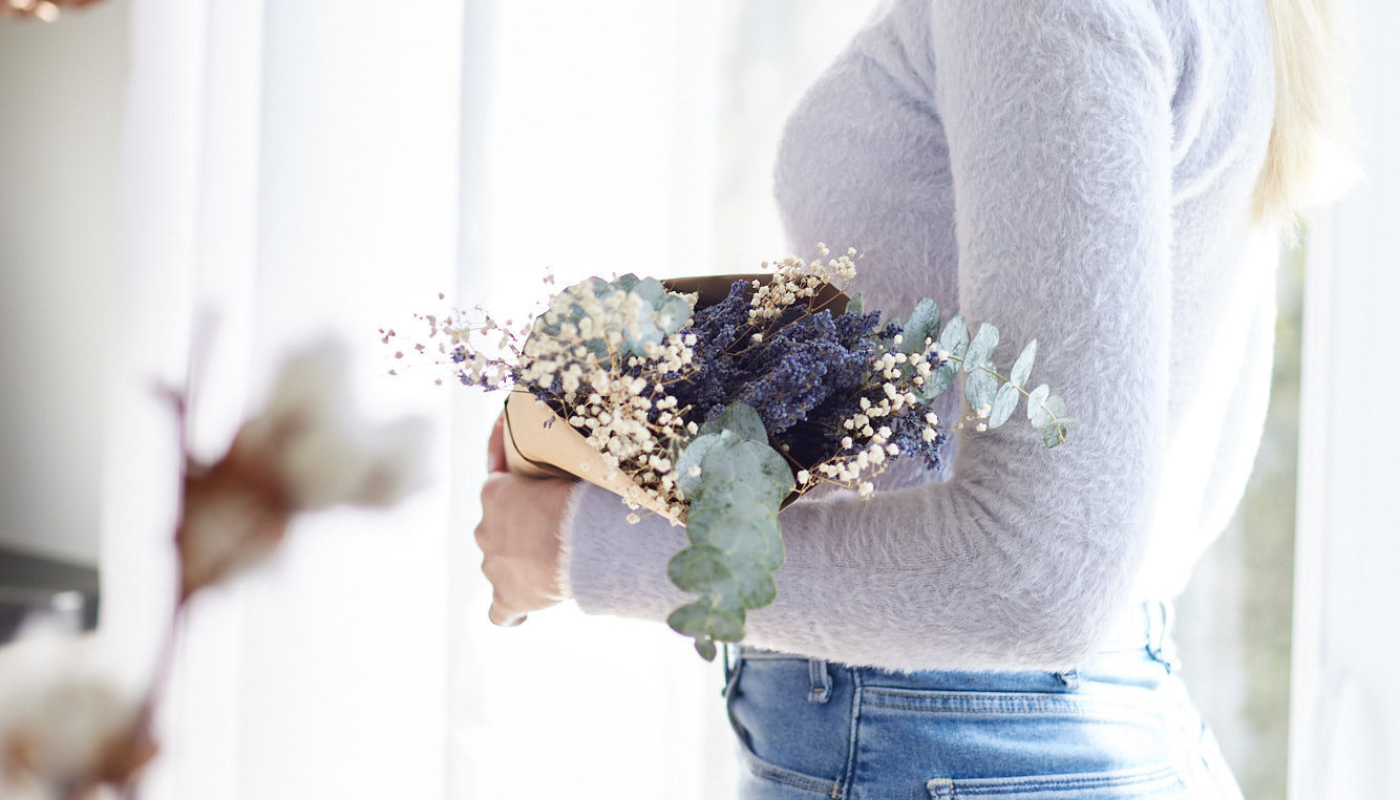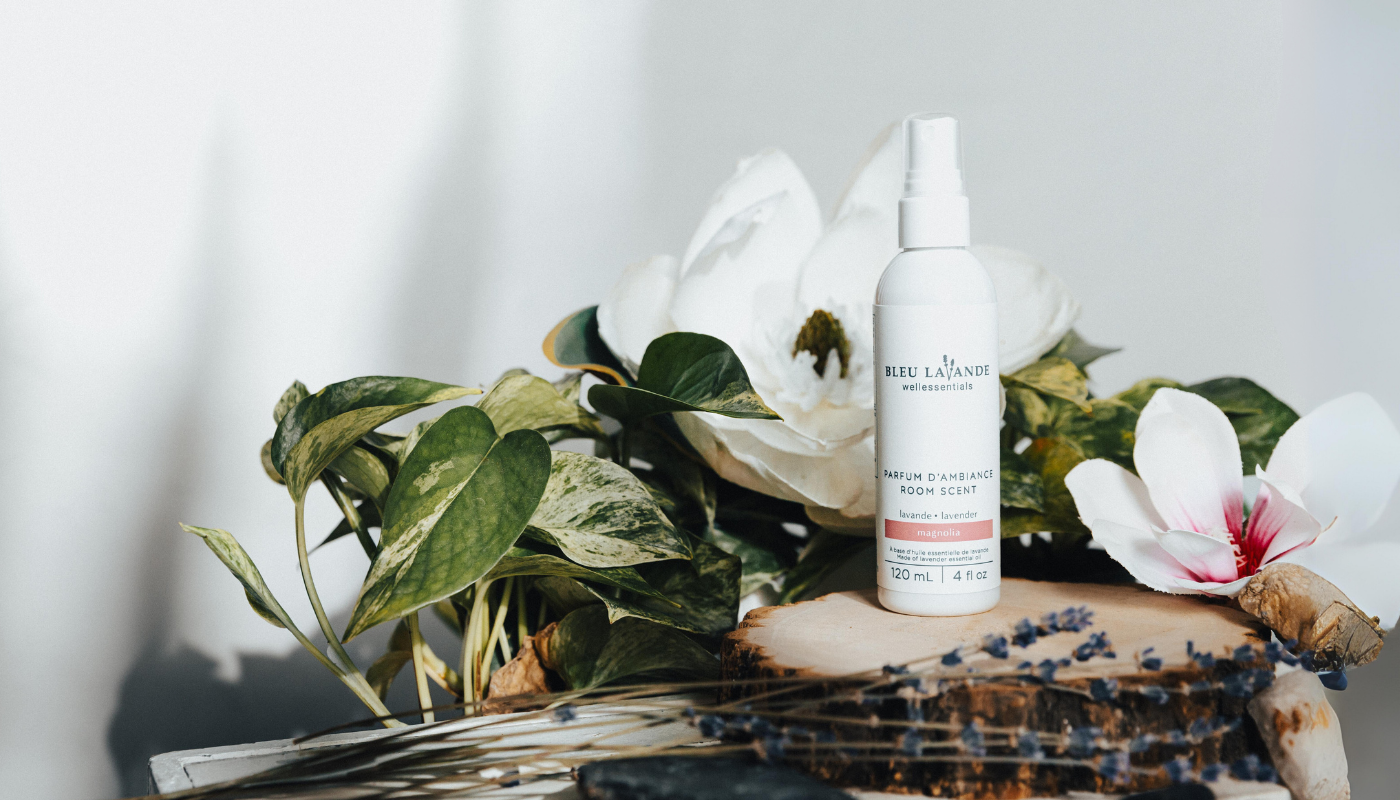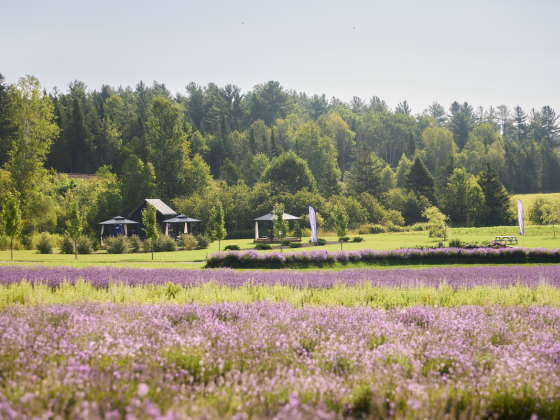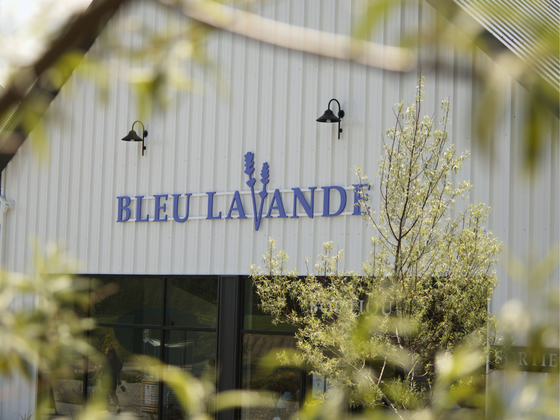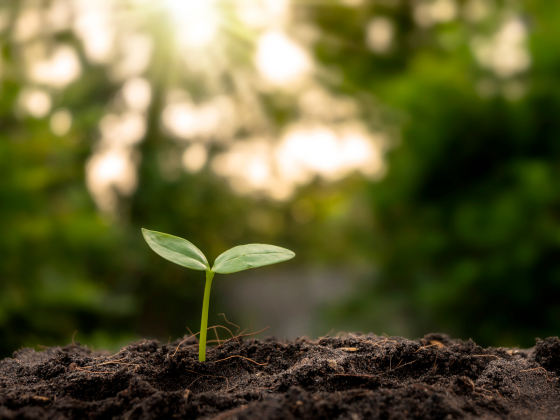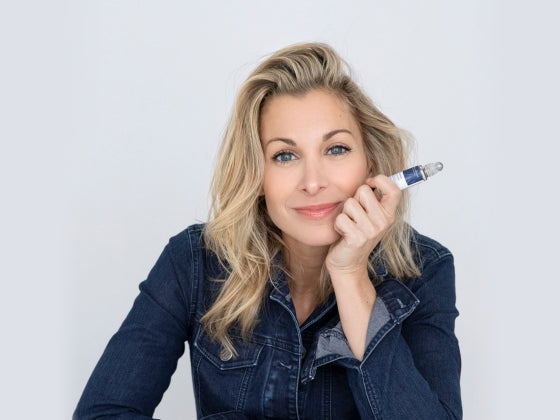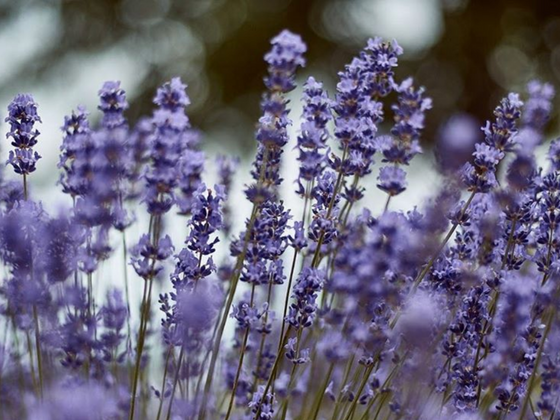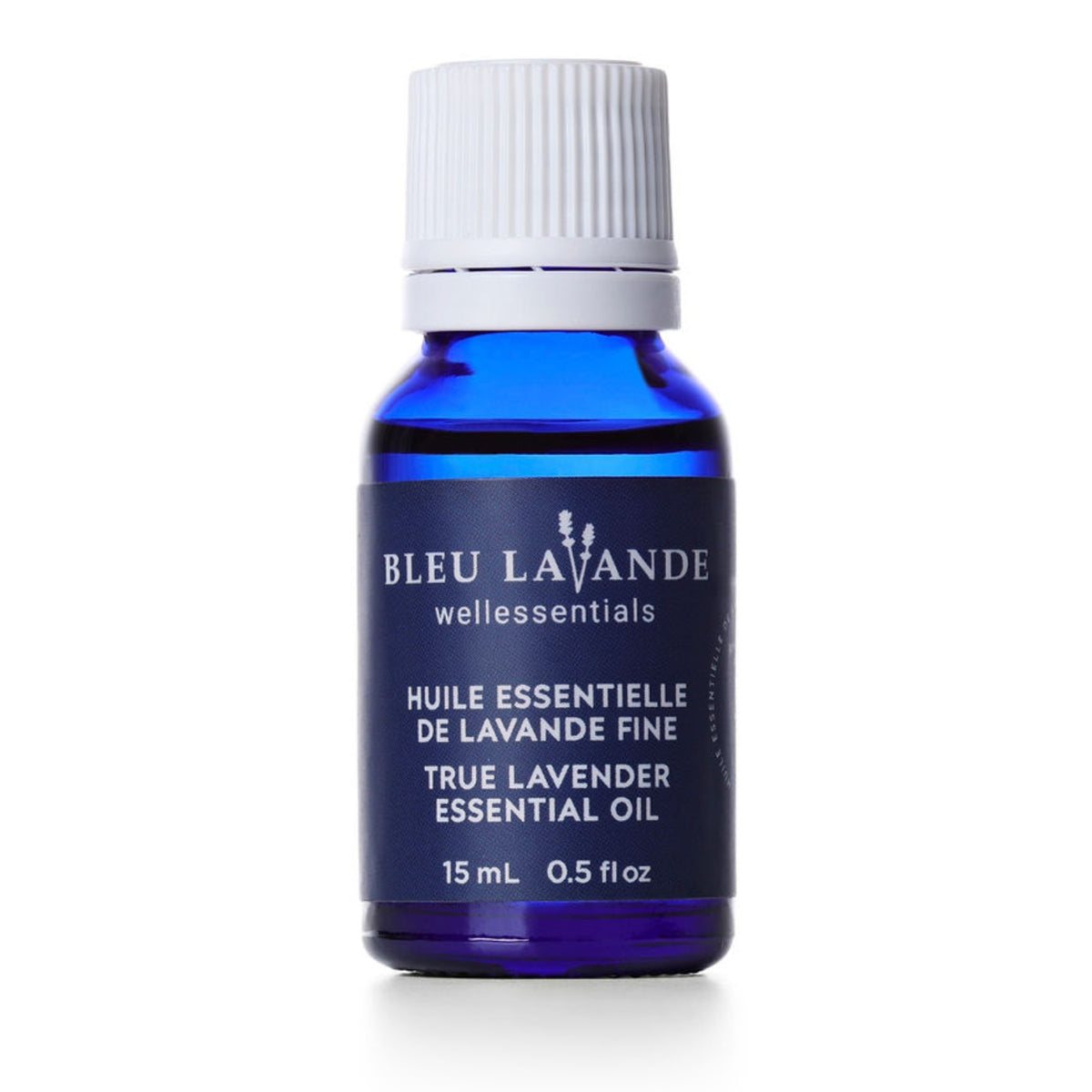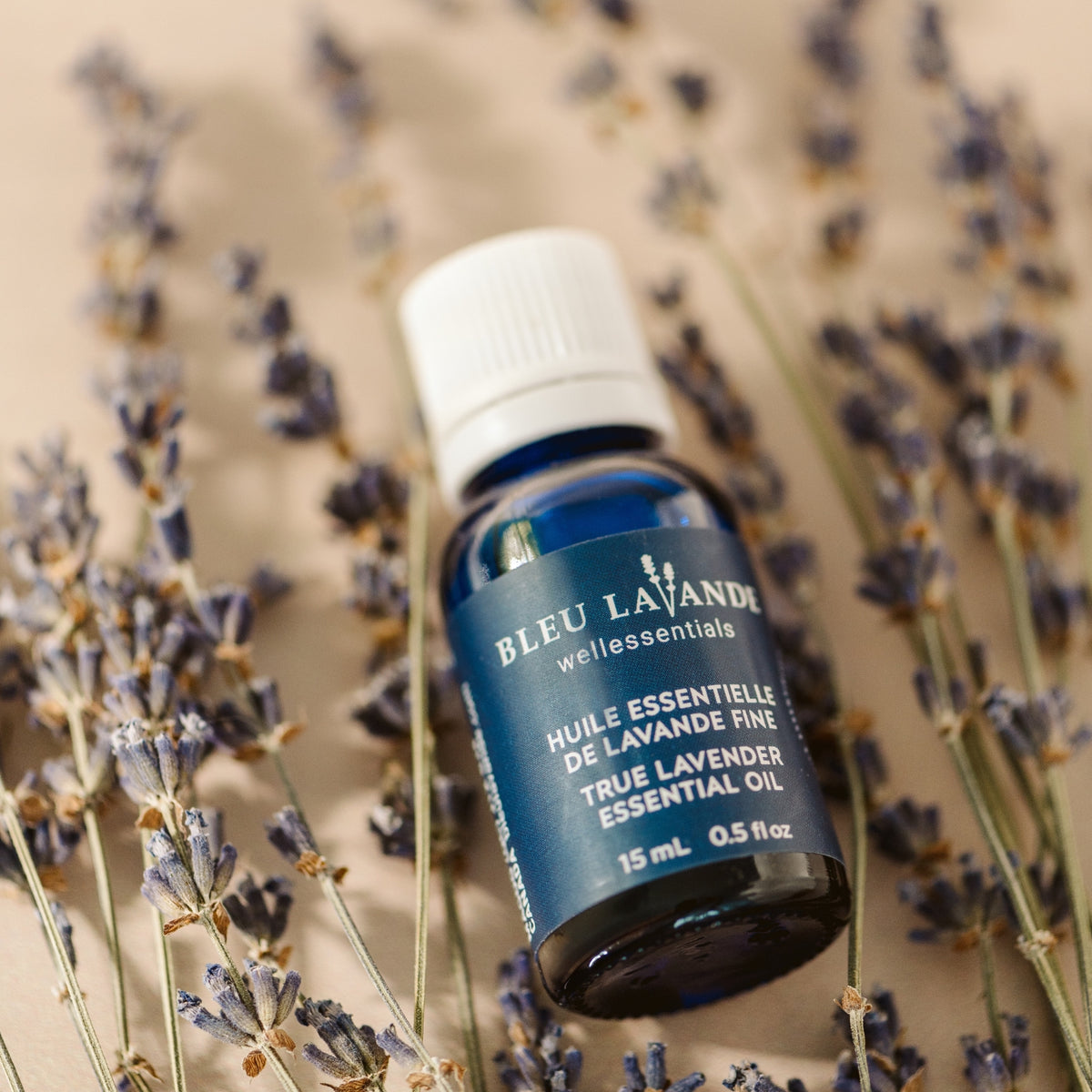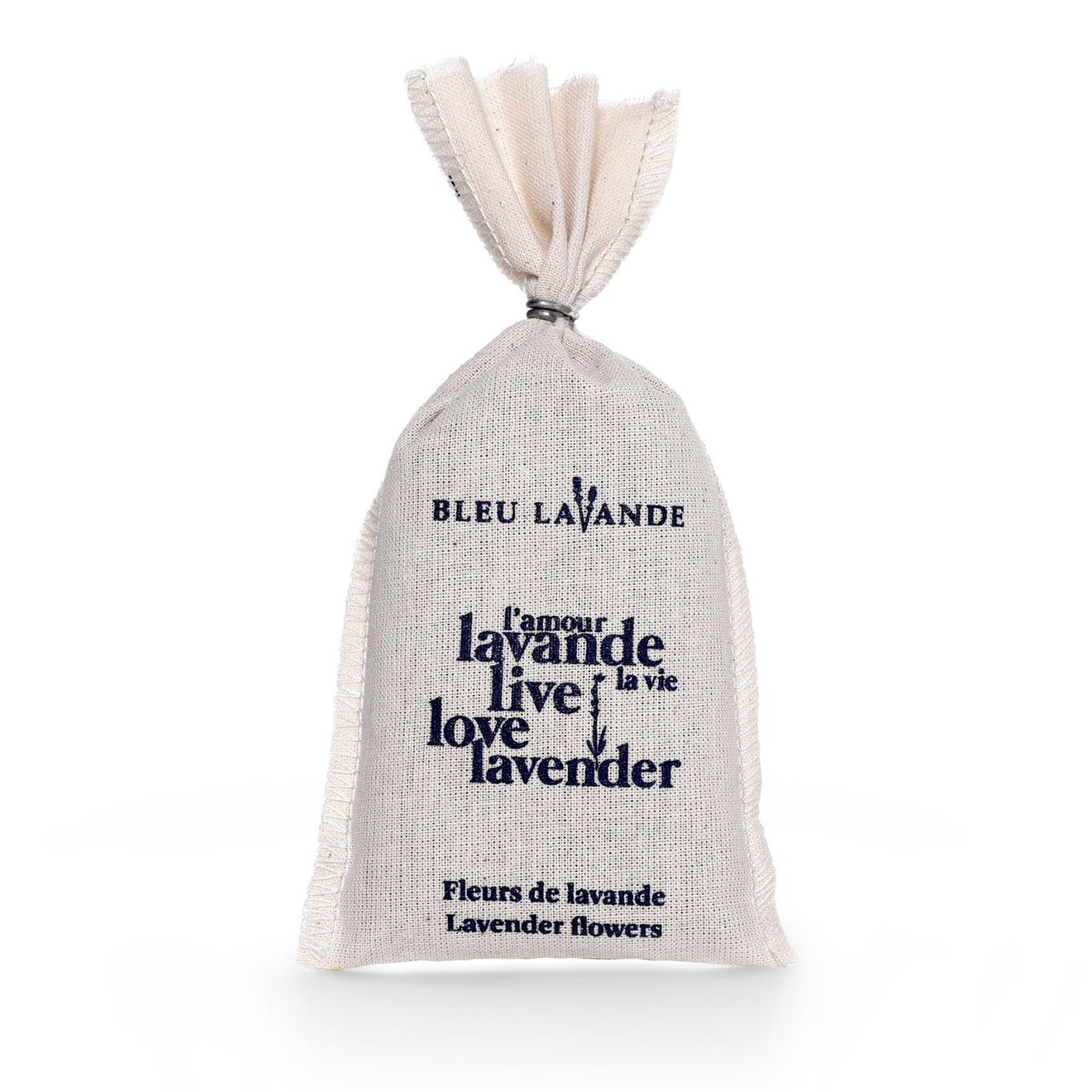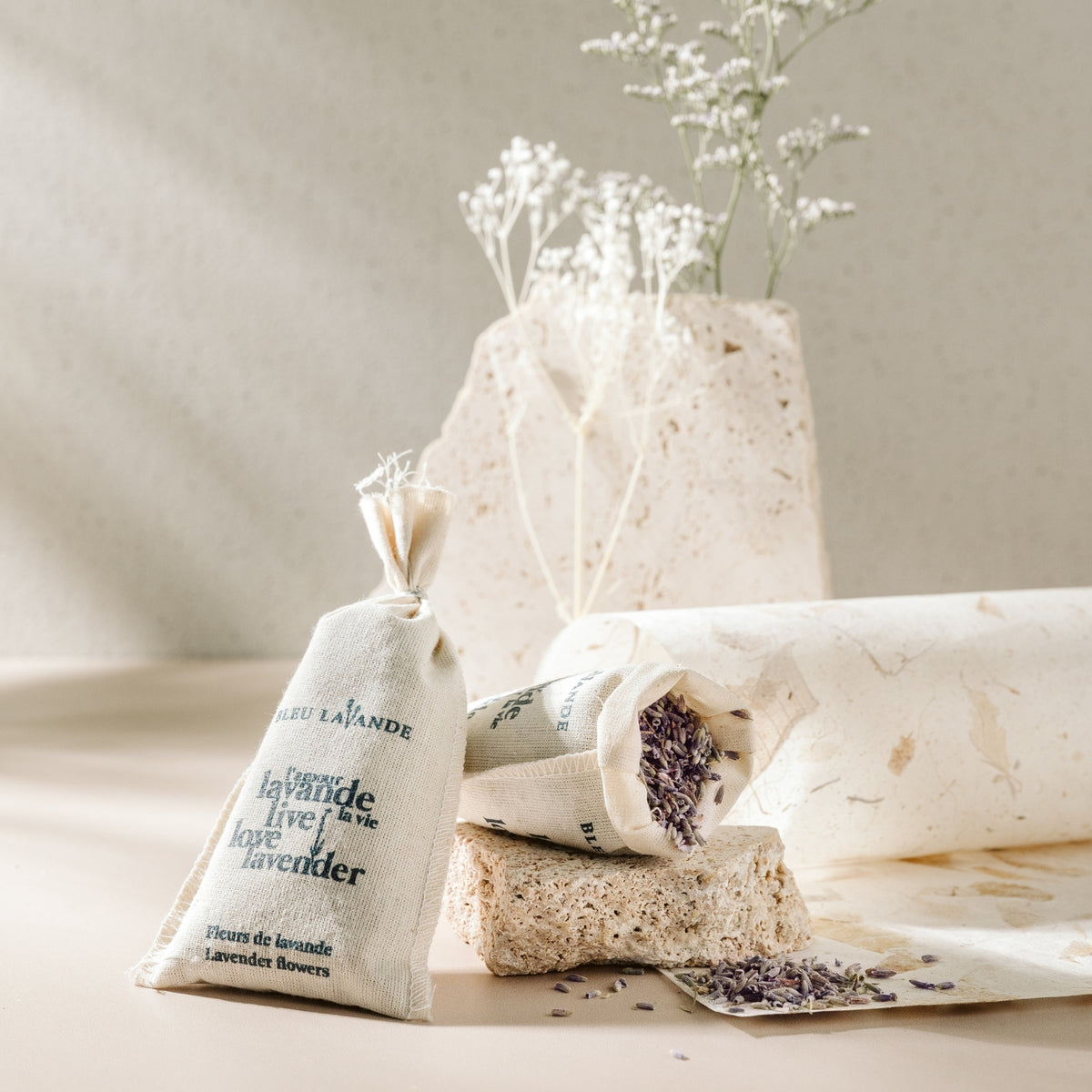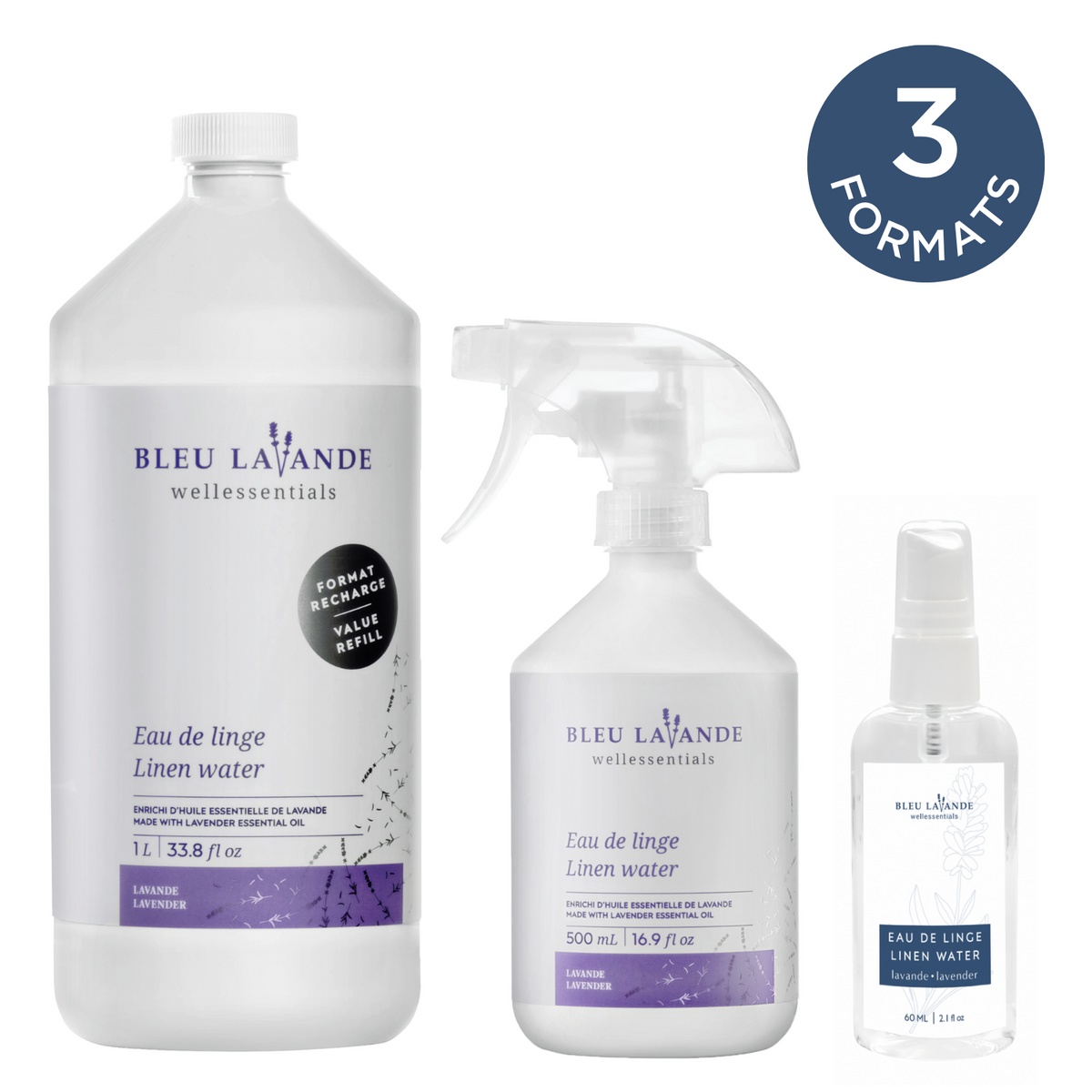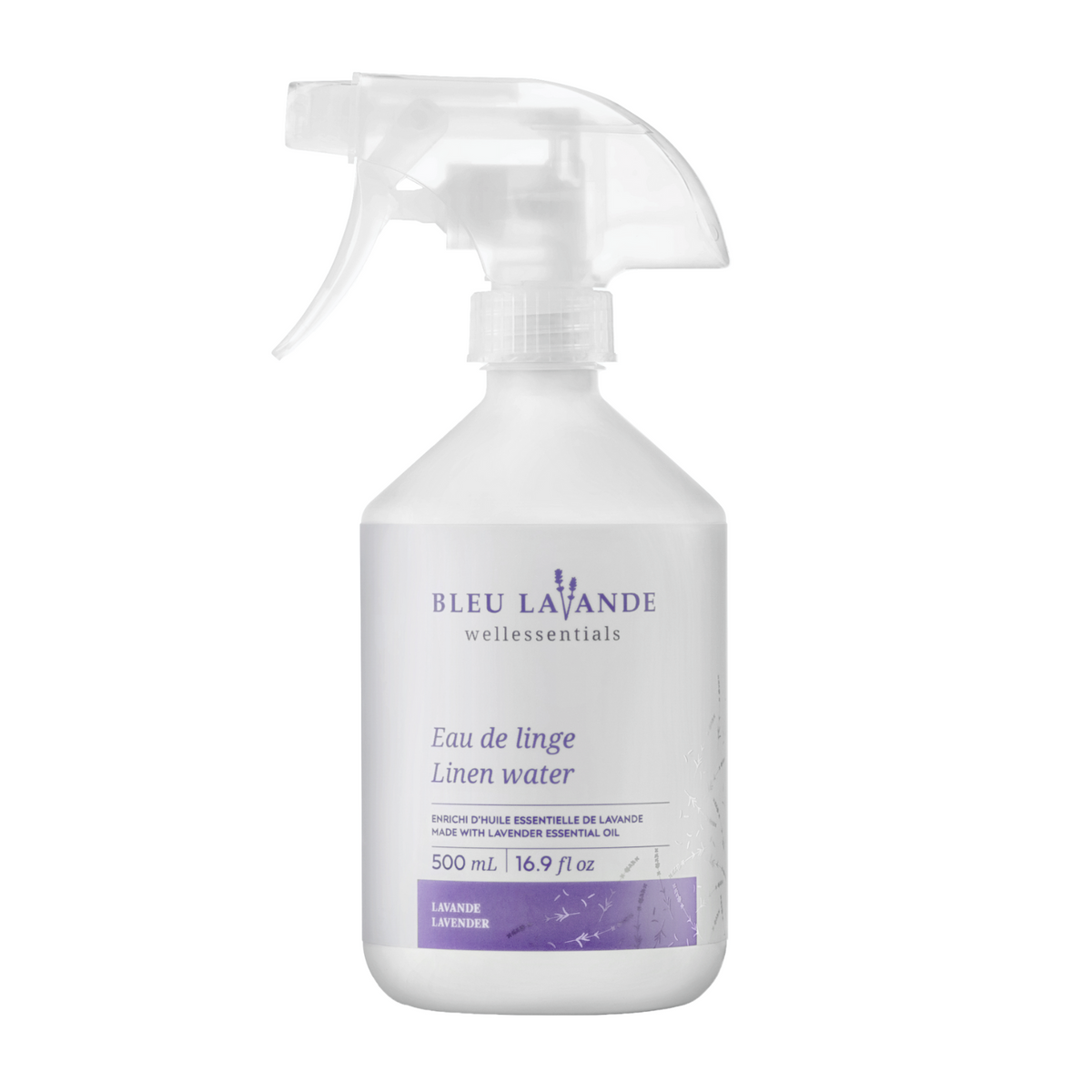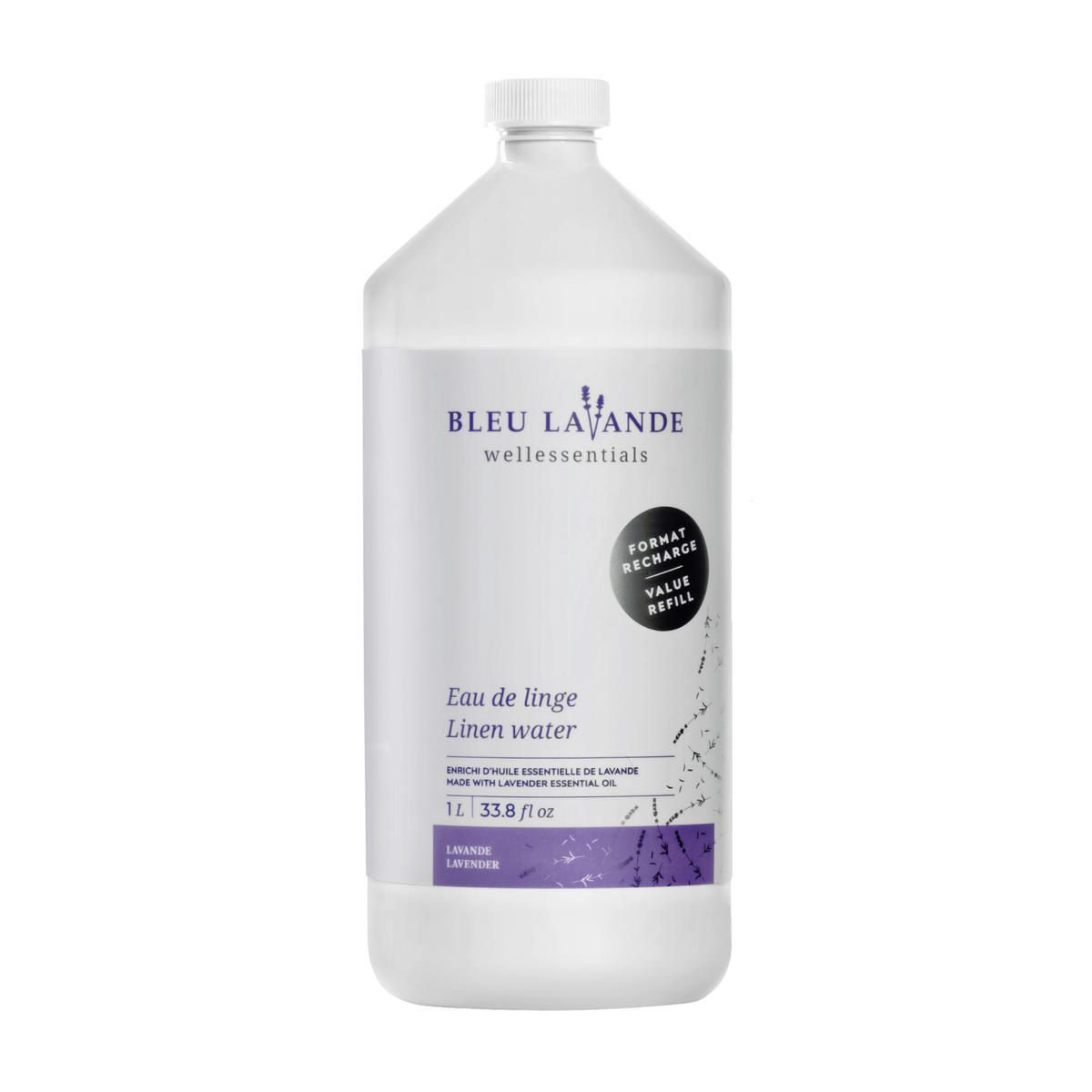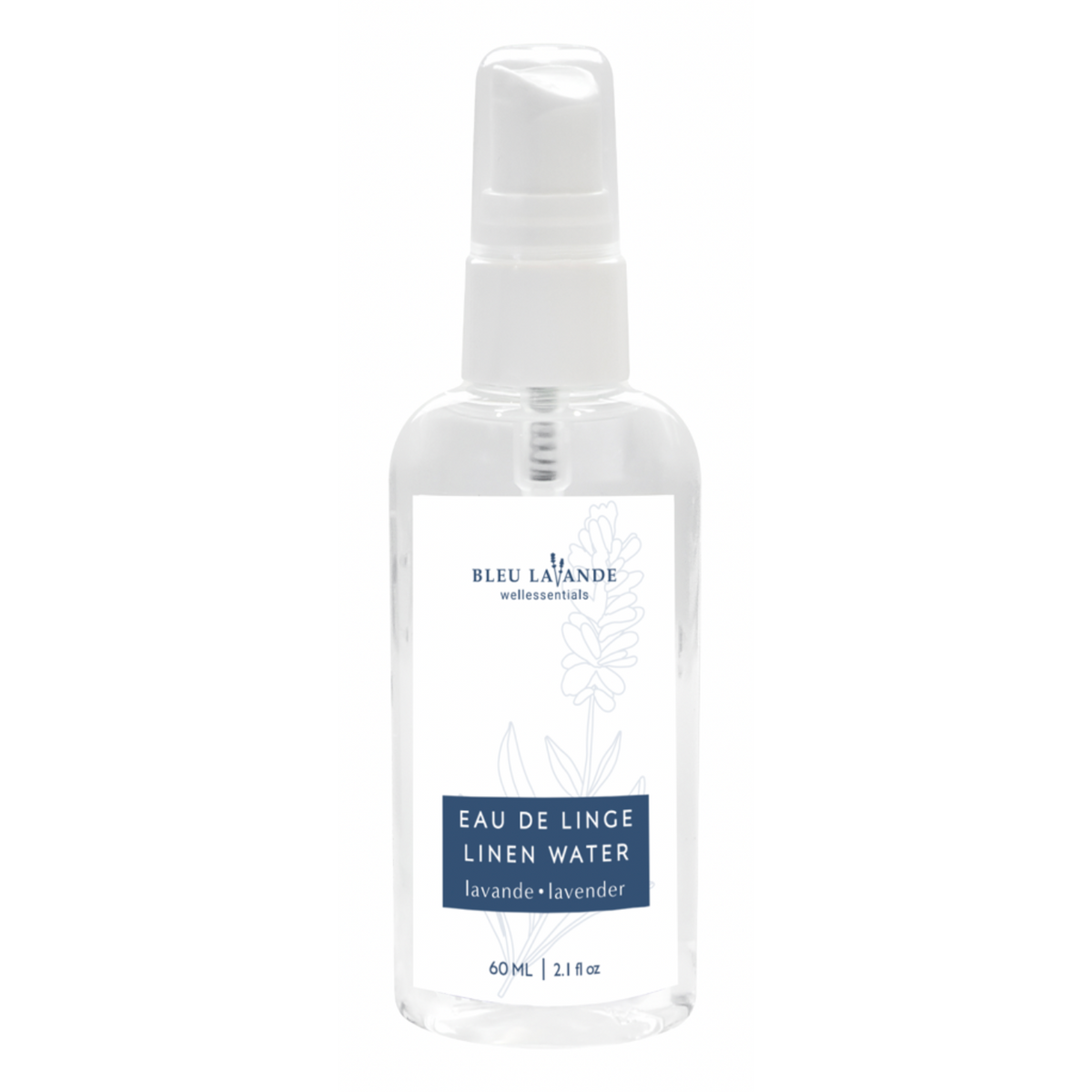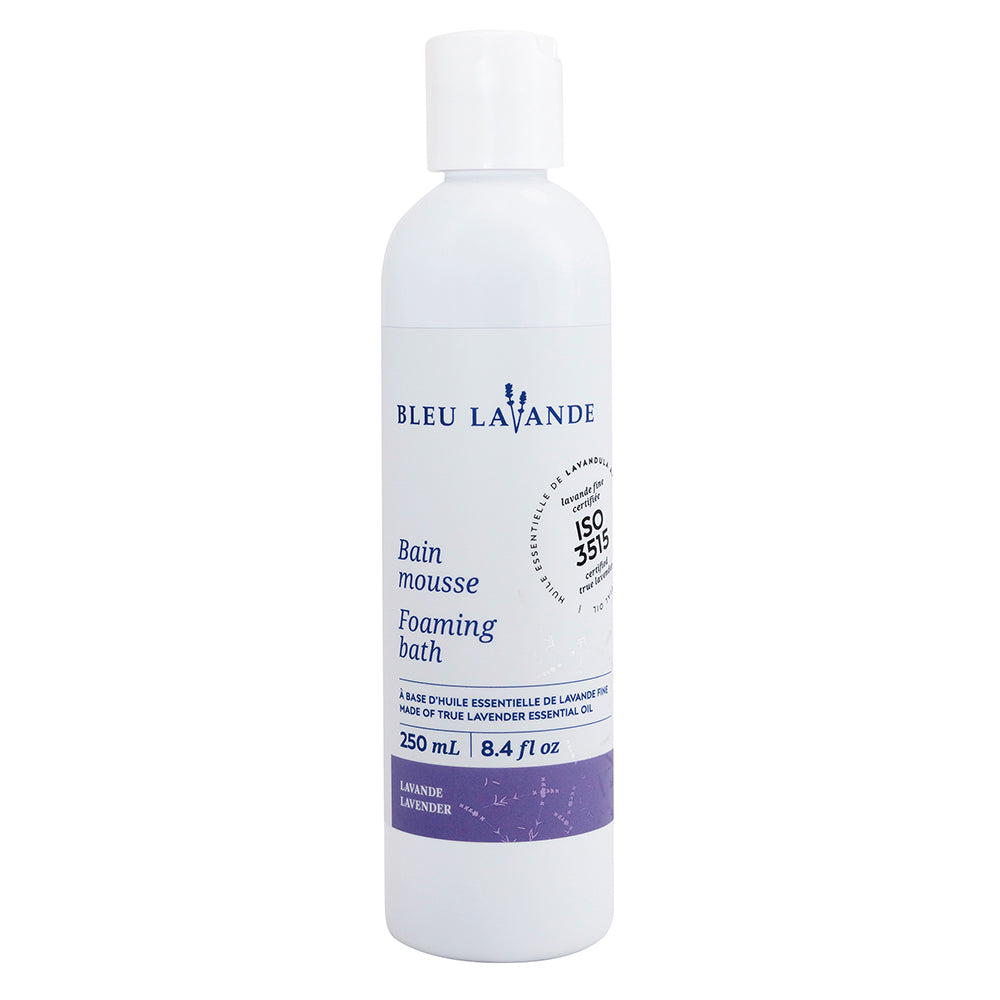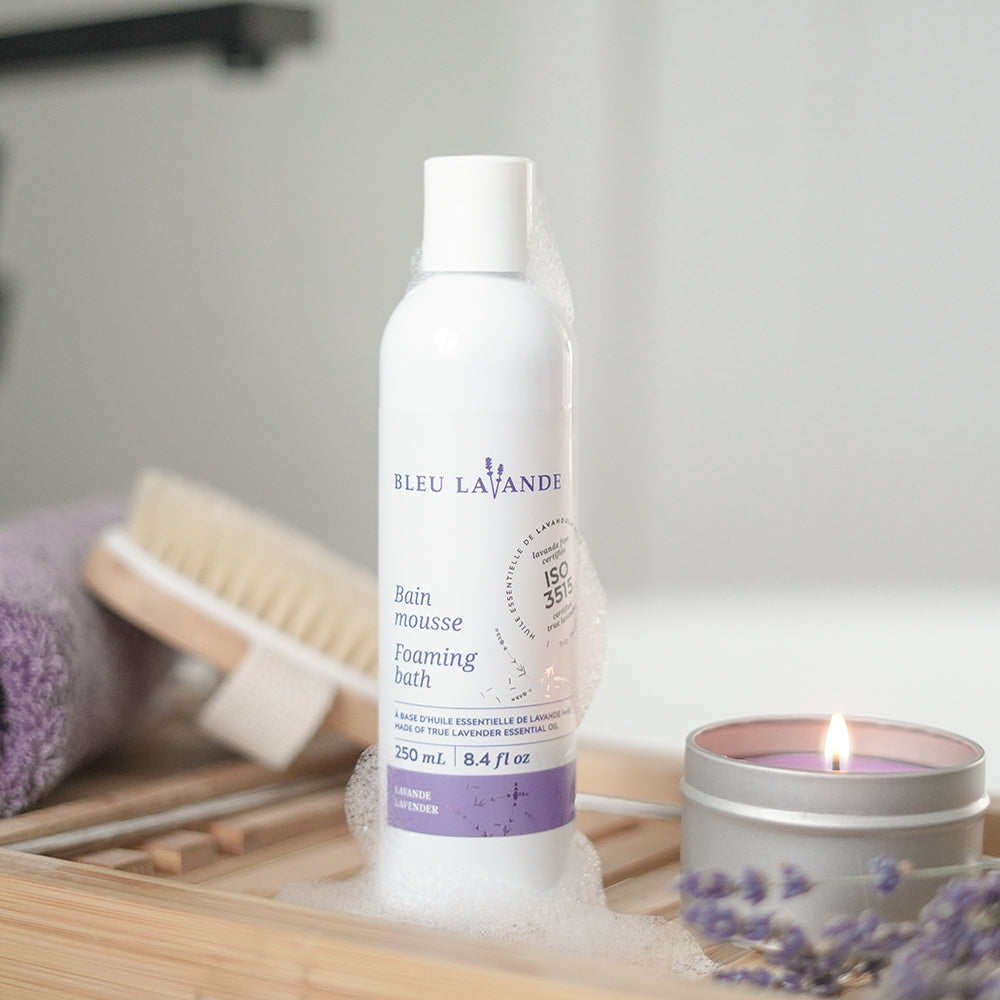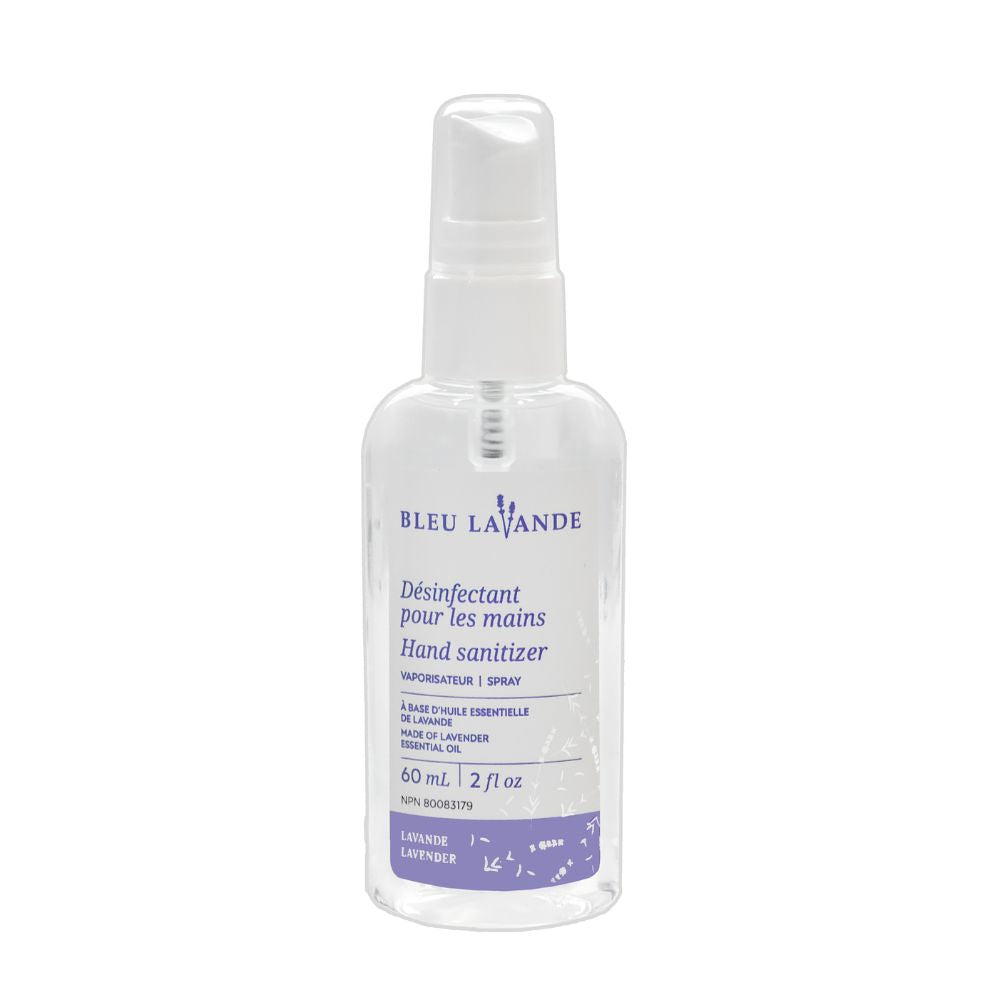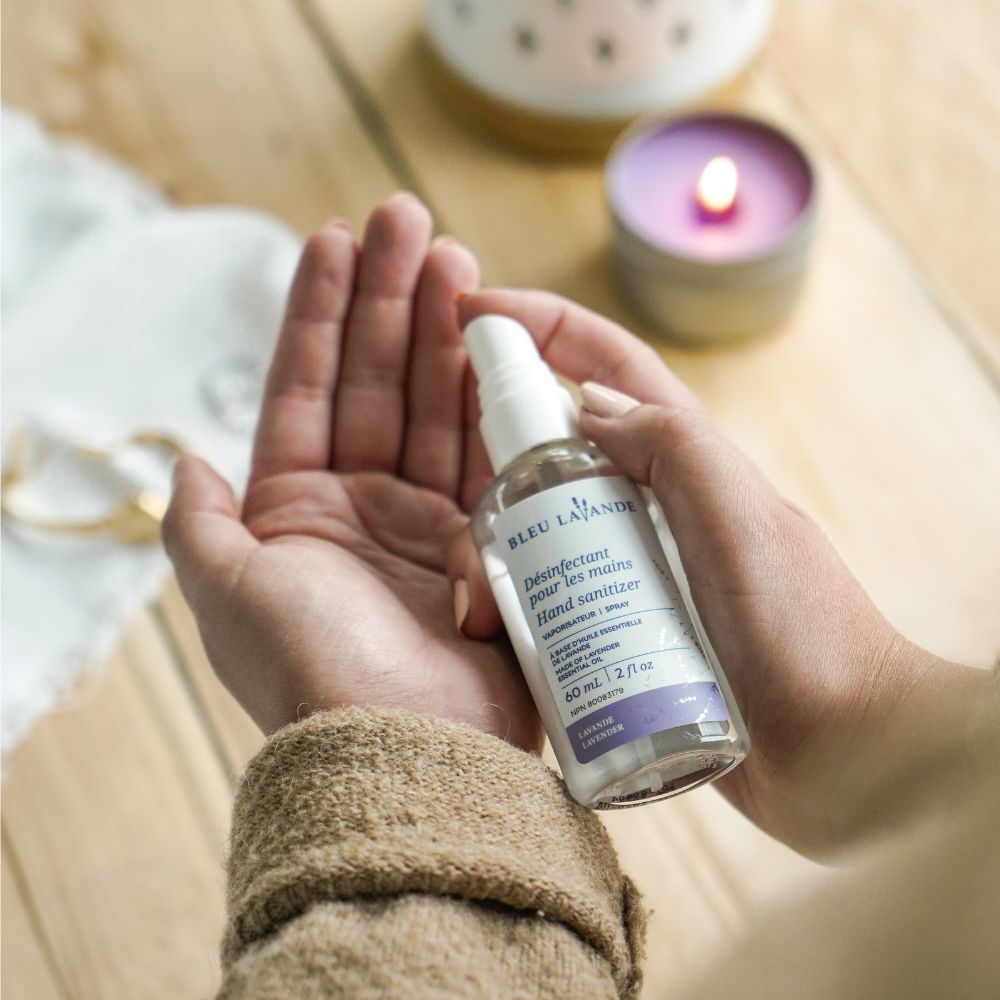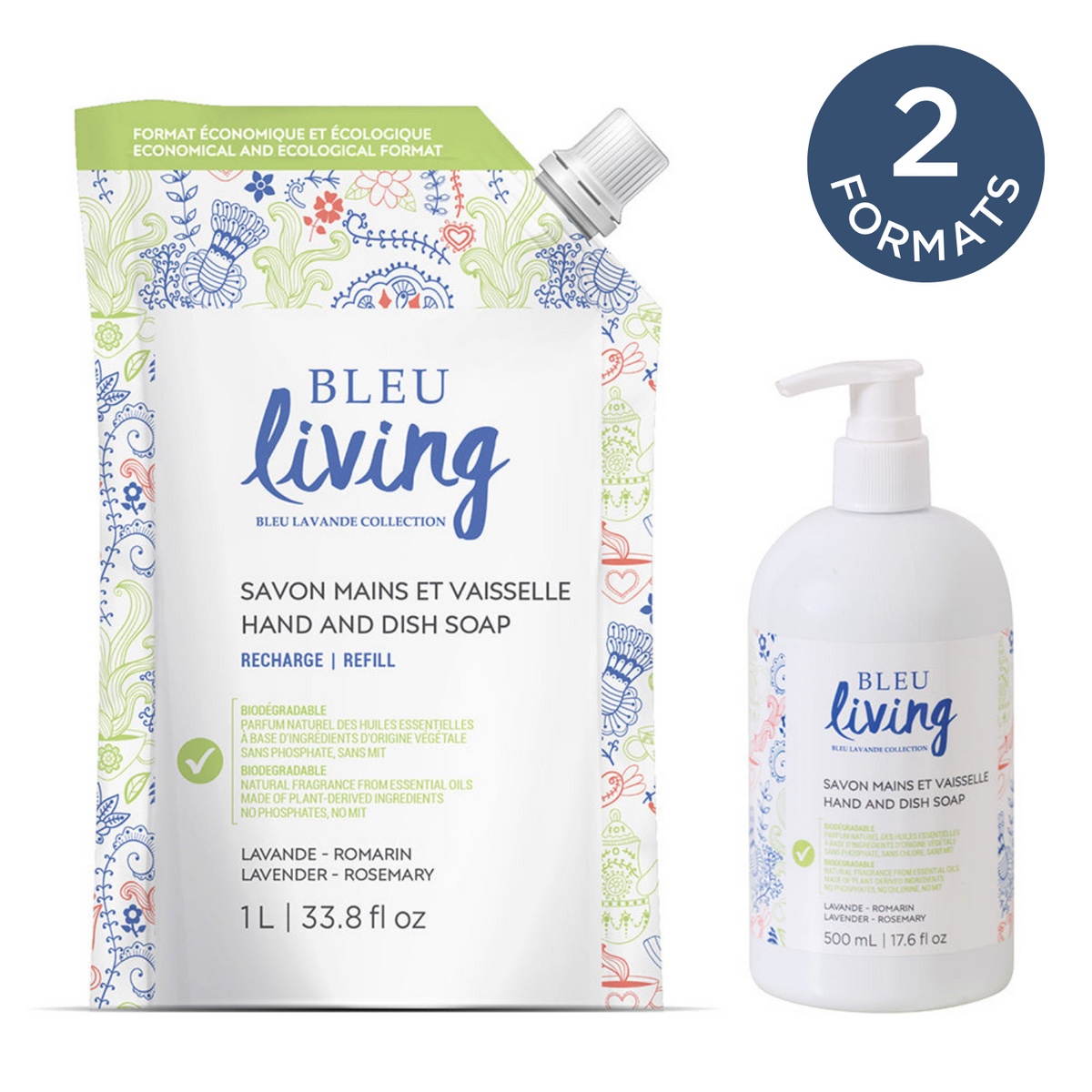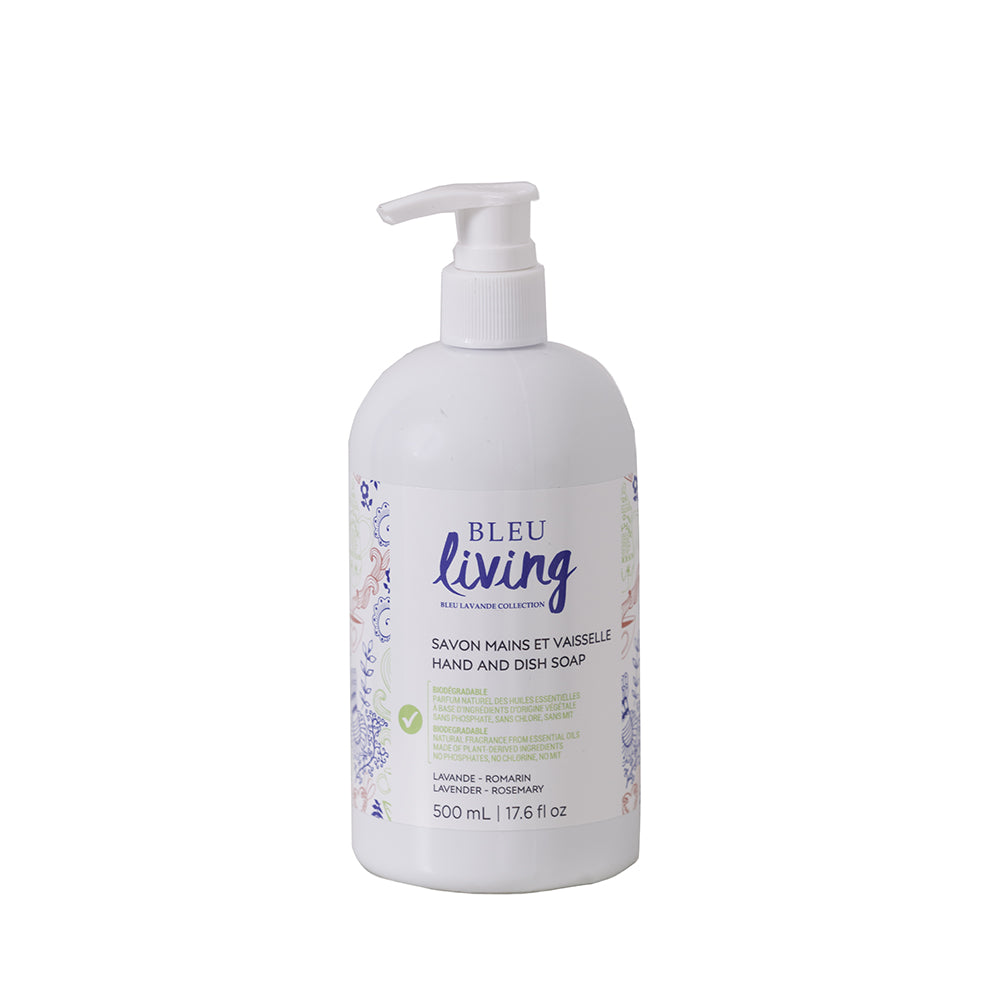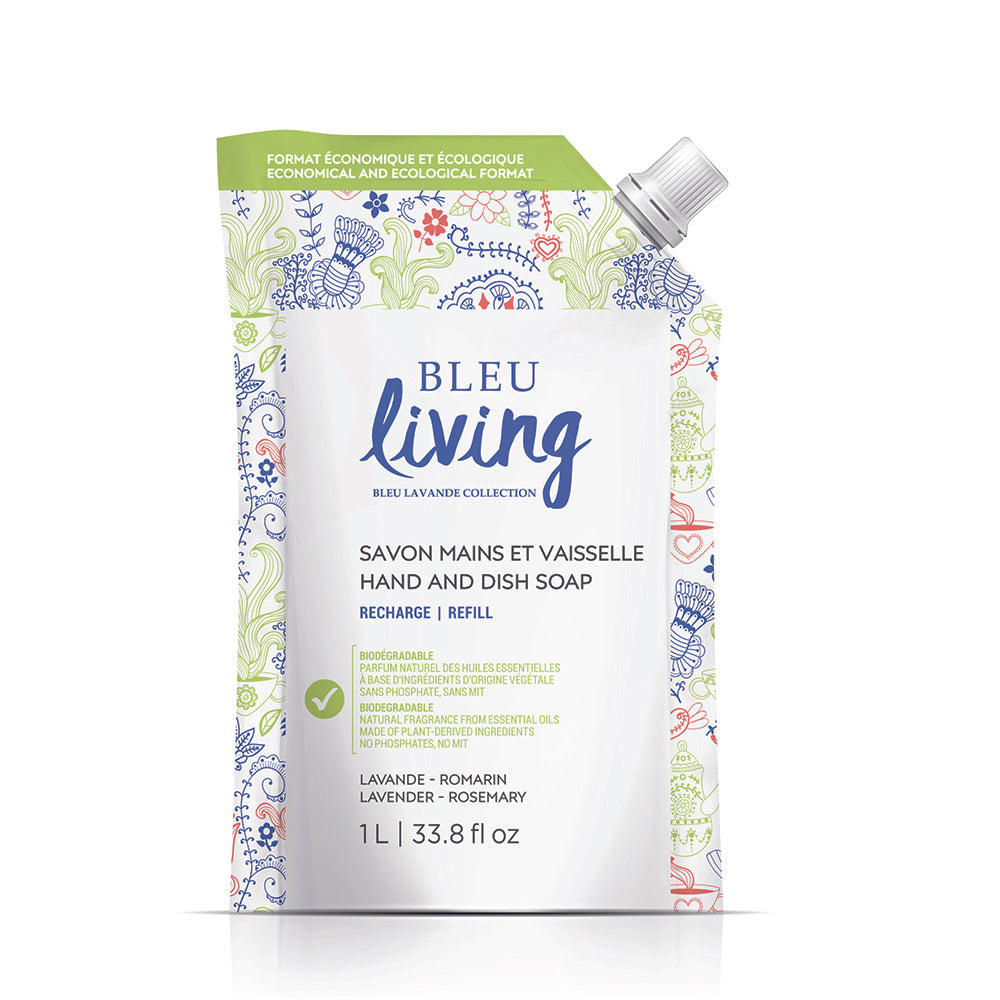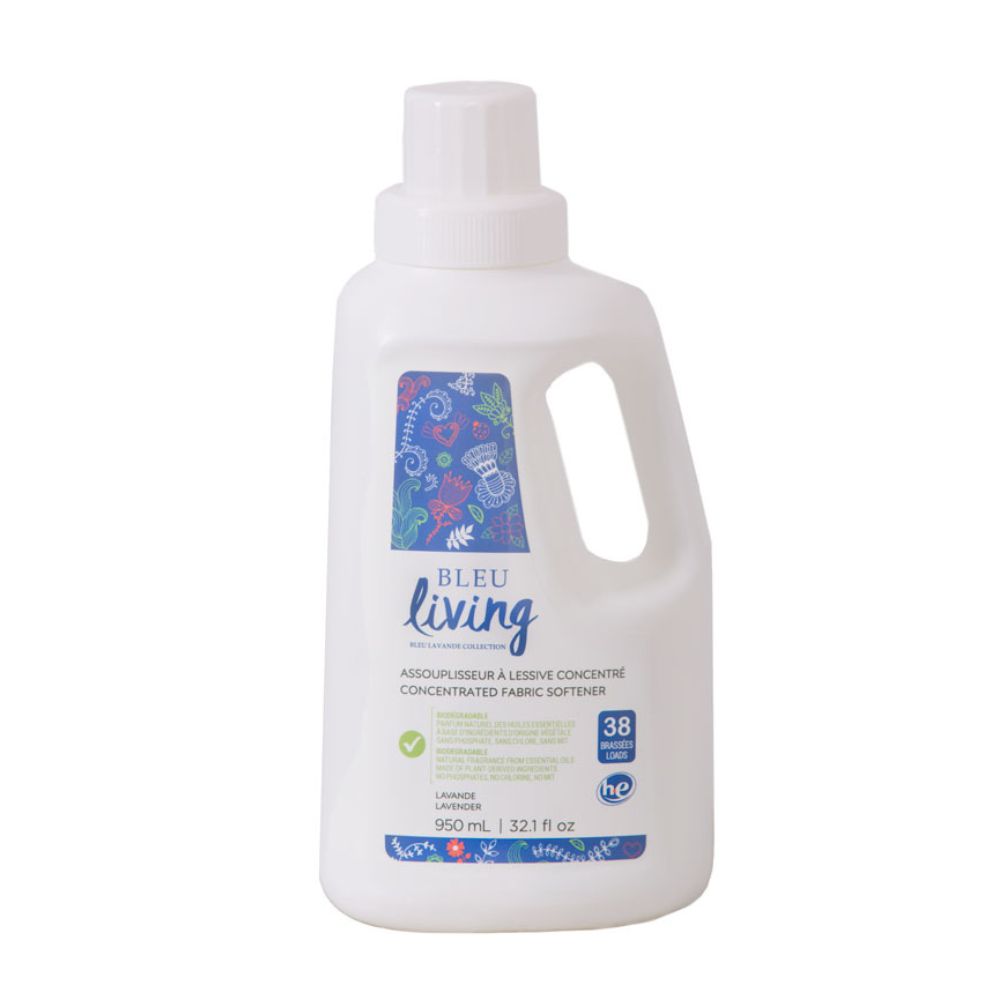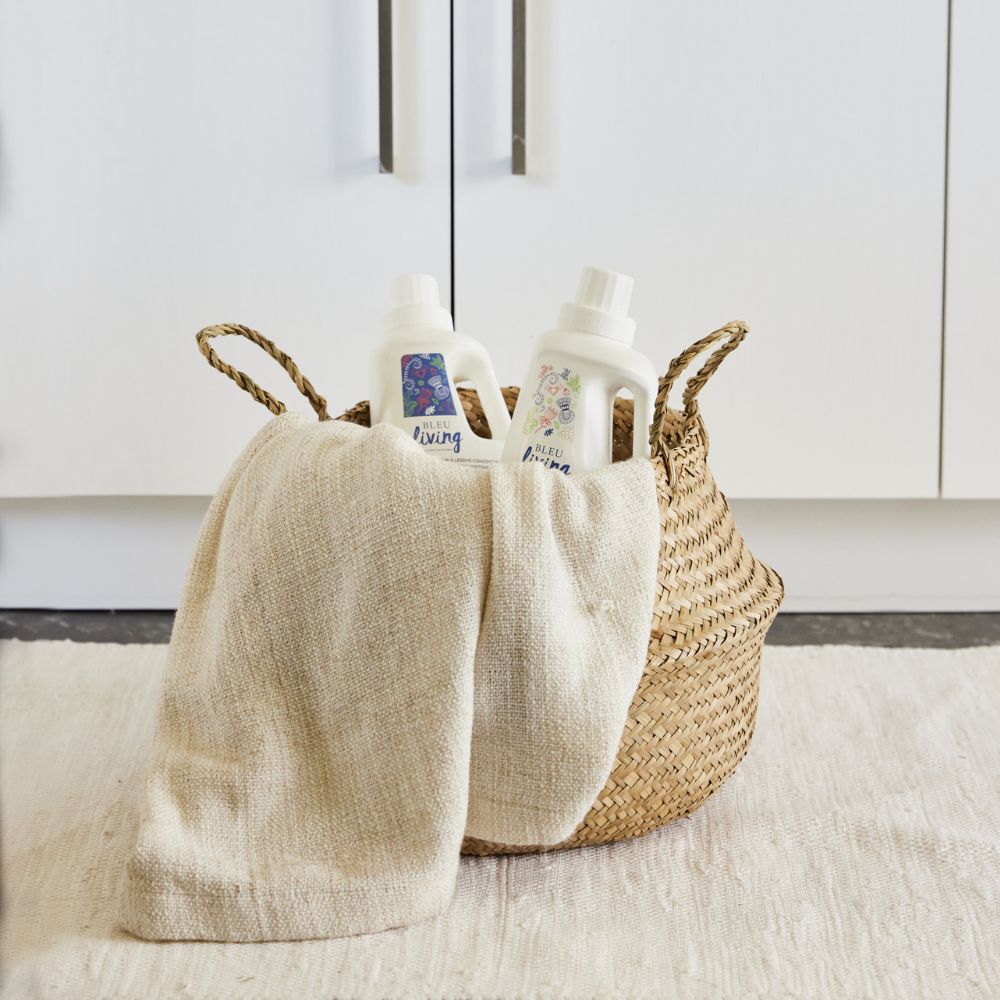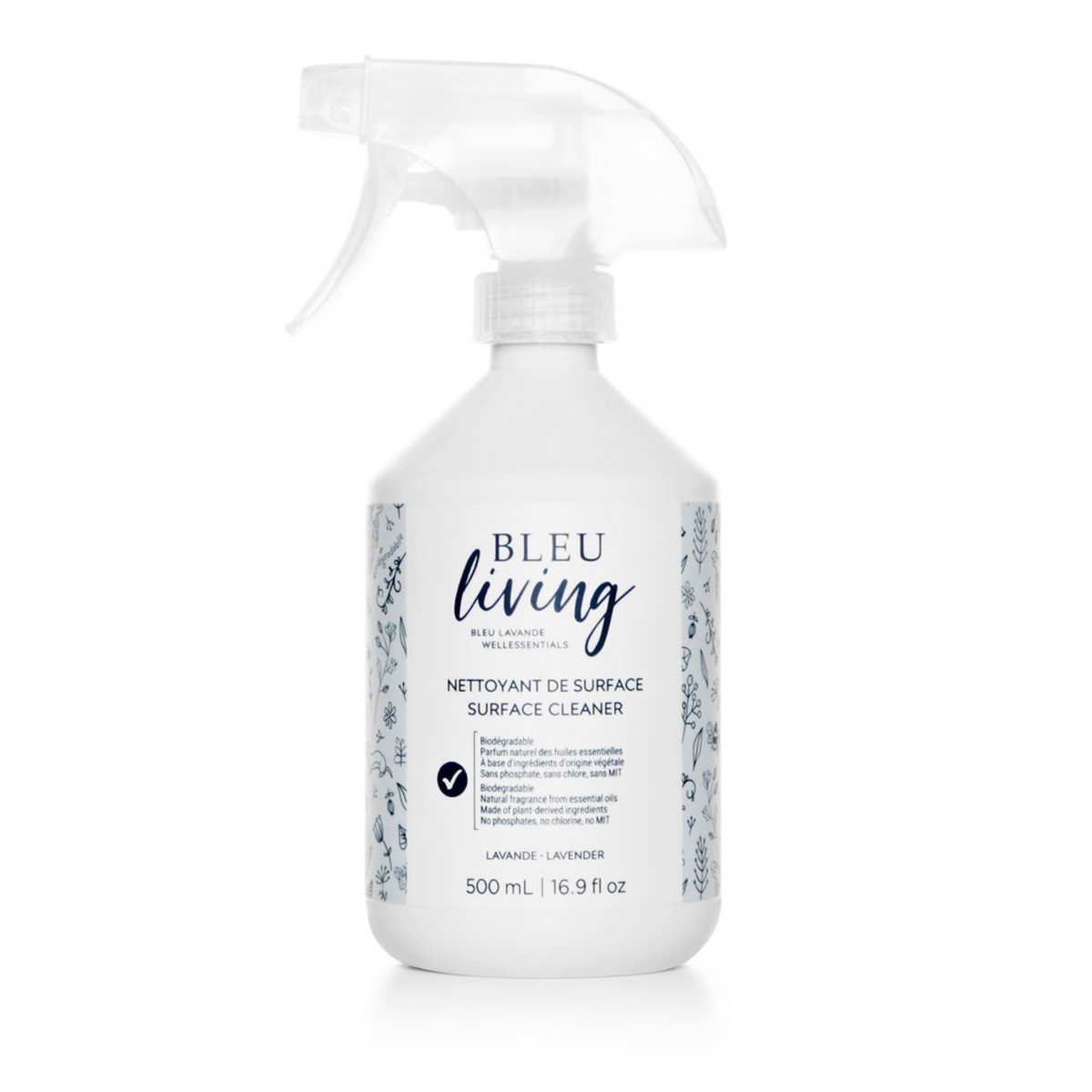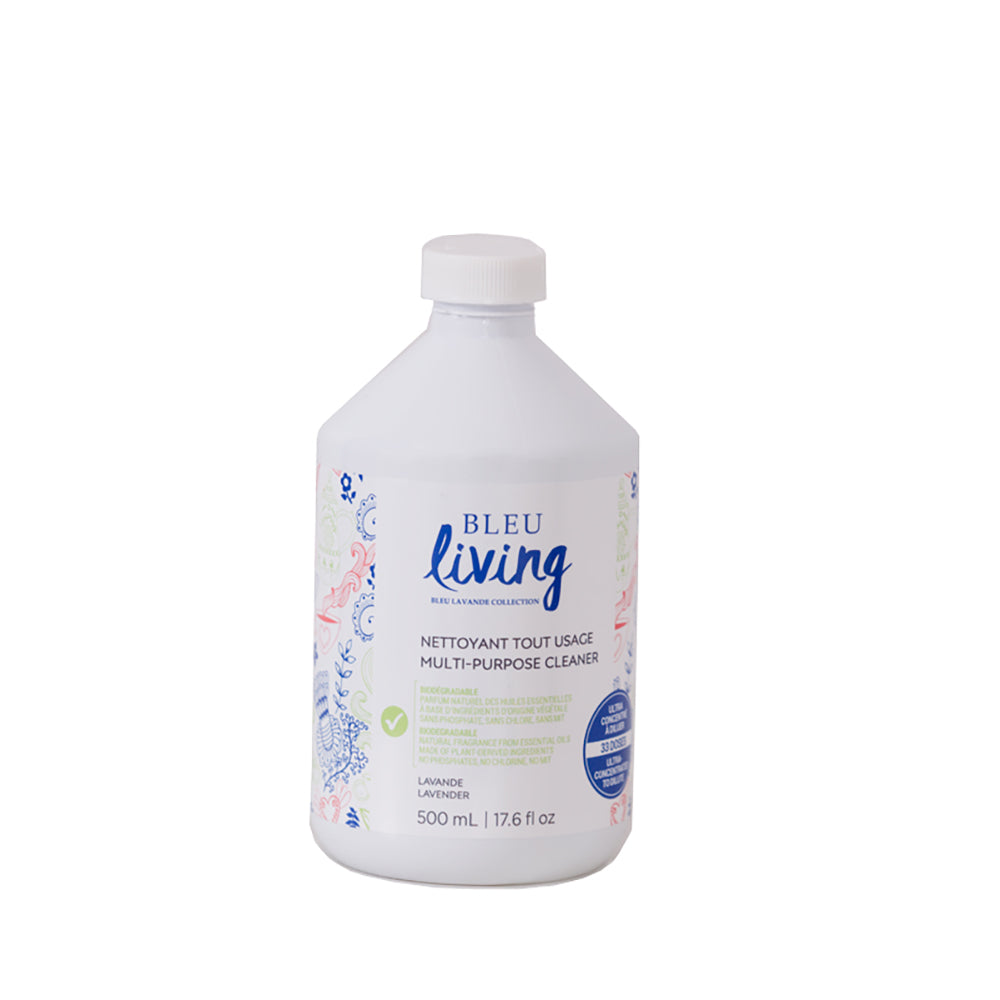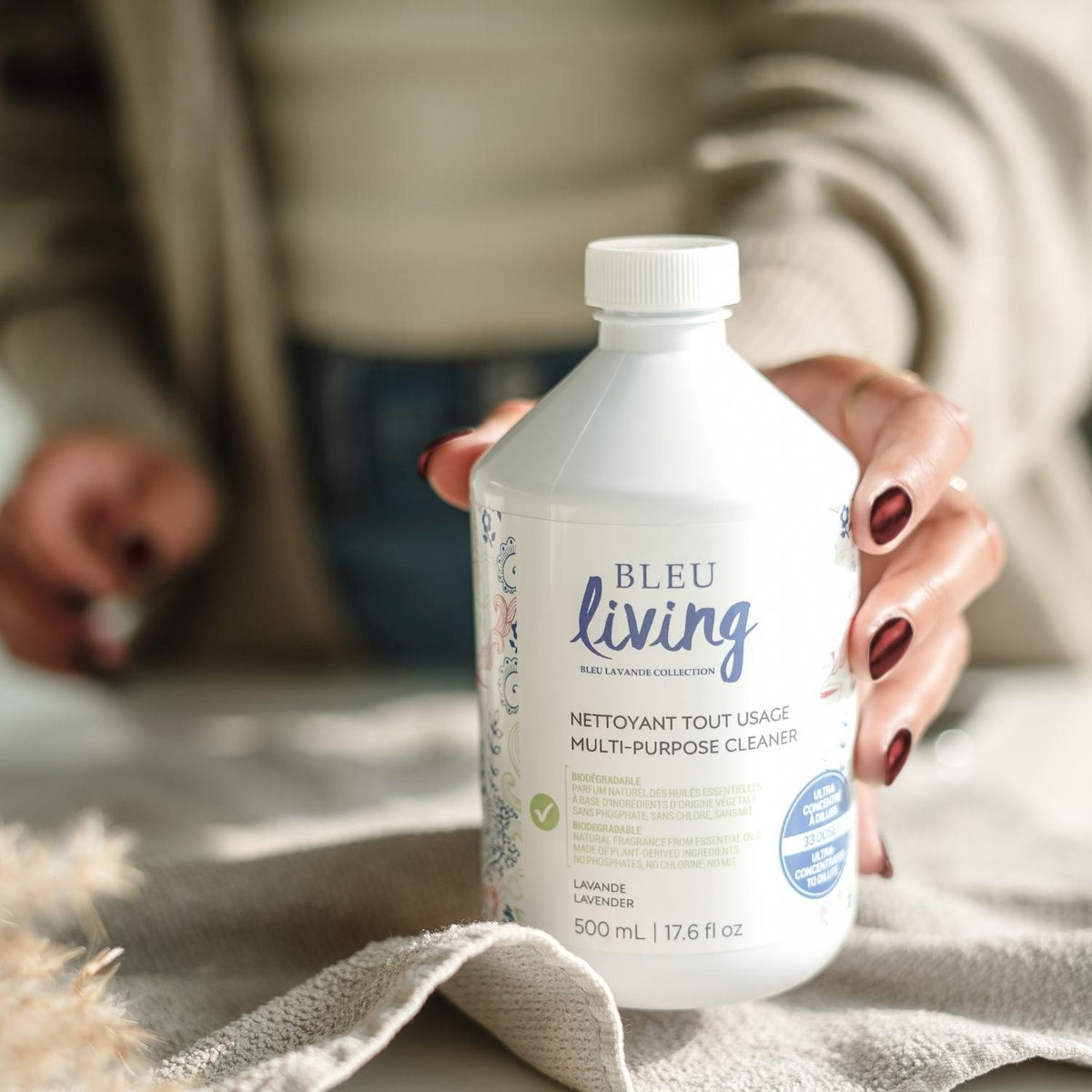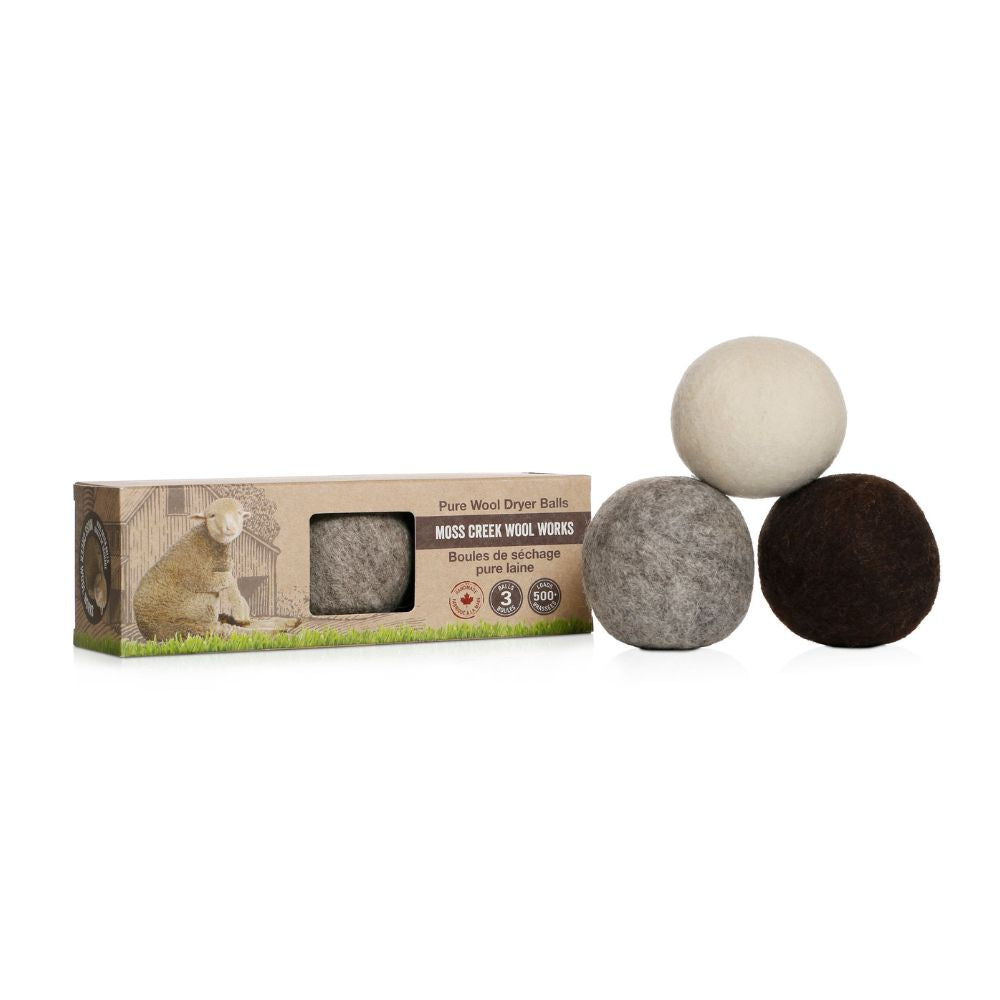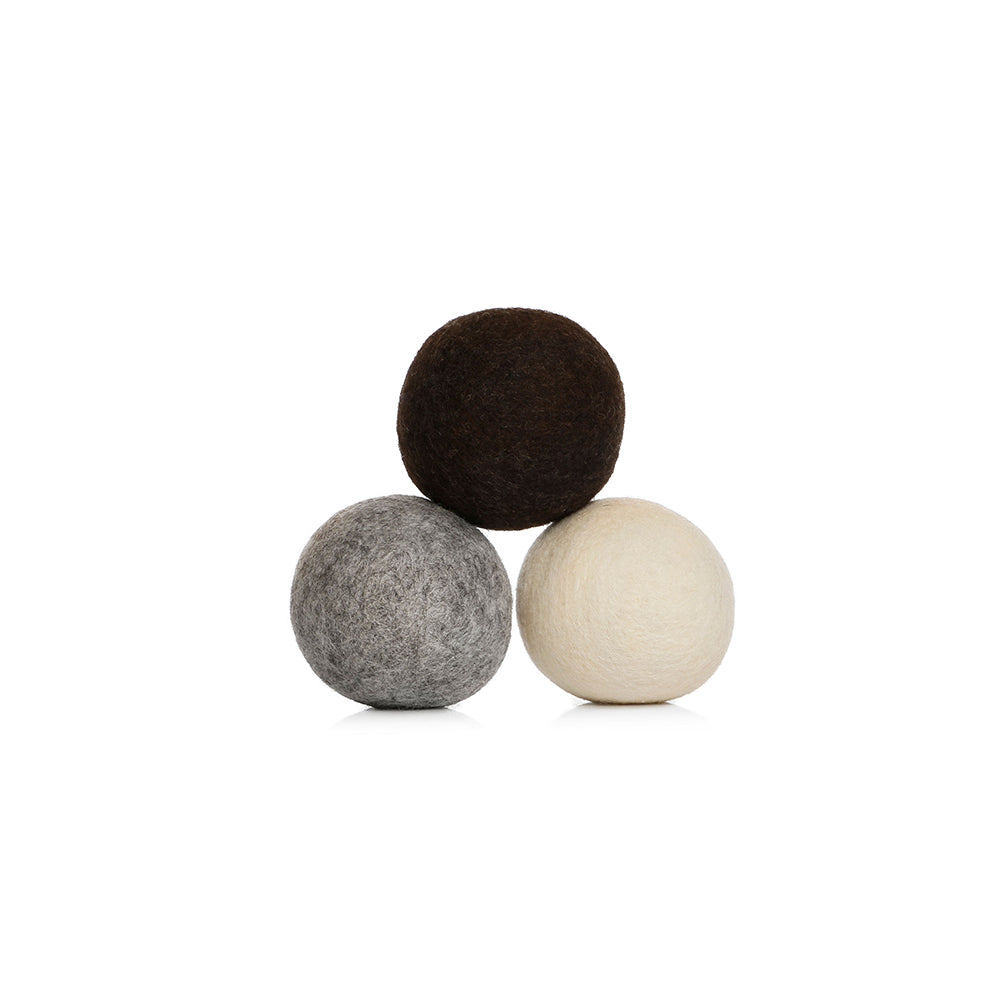Lavender in a planter
Lavender can be cultivated in planters. It needs sun, adequate nutriments and water but it does not bear to have its roots soaking in water. If you touch it, you can smell its essential oil perfume, even when it has no flowers. Don’t forget to choose a planter provided with drainage holes and bigger than the previous planter – 5 cm (2 inches) of diameter. It is important to use a good quality growing media, with compost and perlite. As the lavender does not like having its roots in the water, always wait before watering it again – the ground must be dry on a depth of 2 to 3 cm (1 inch). Do not leave water in the saucer.
After purchase
Transplant and add some flower fertilizer.
Summer
Water as often as necessary – by warm and windy weather, it can be daily. Remove the saucer when it rains. Place in a shaded area if you go away for a few days. Give a 2nd dose of flower fertilizer in July or at the beginning of August. If you do not wish to bring your lavender inside, you can transplant it in the garden until Labor Day.
Autumn
Before bringing your lavender inside, cut it 2 cm over the wood and remove the green stalks. Bring it inside the house when the temperature falls under 10°C in daytime or if there is a risk of frost at night. Place it in a bright and fresh area, far from a source of heat. Continue to water when the ground is dry on a depth of 2 to 3 cm. A garage or a cellar where you keep oleanders or rosemary during winter can also be convenient for the lavender.
Winter
Continue to water. The lavender rests without growing or blooming – usually until March. Then green stalks appear. It is possible that the bottom leaves turn brown and fall. When the vegetation takes back, you can begin your spring routine.
Spring
Transplant and add flower fertilizer. During the day, take your lavender outside and bring it back inside at night. Lavender needs at least 6 hours of sun per day.
